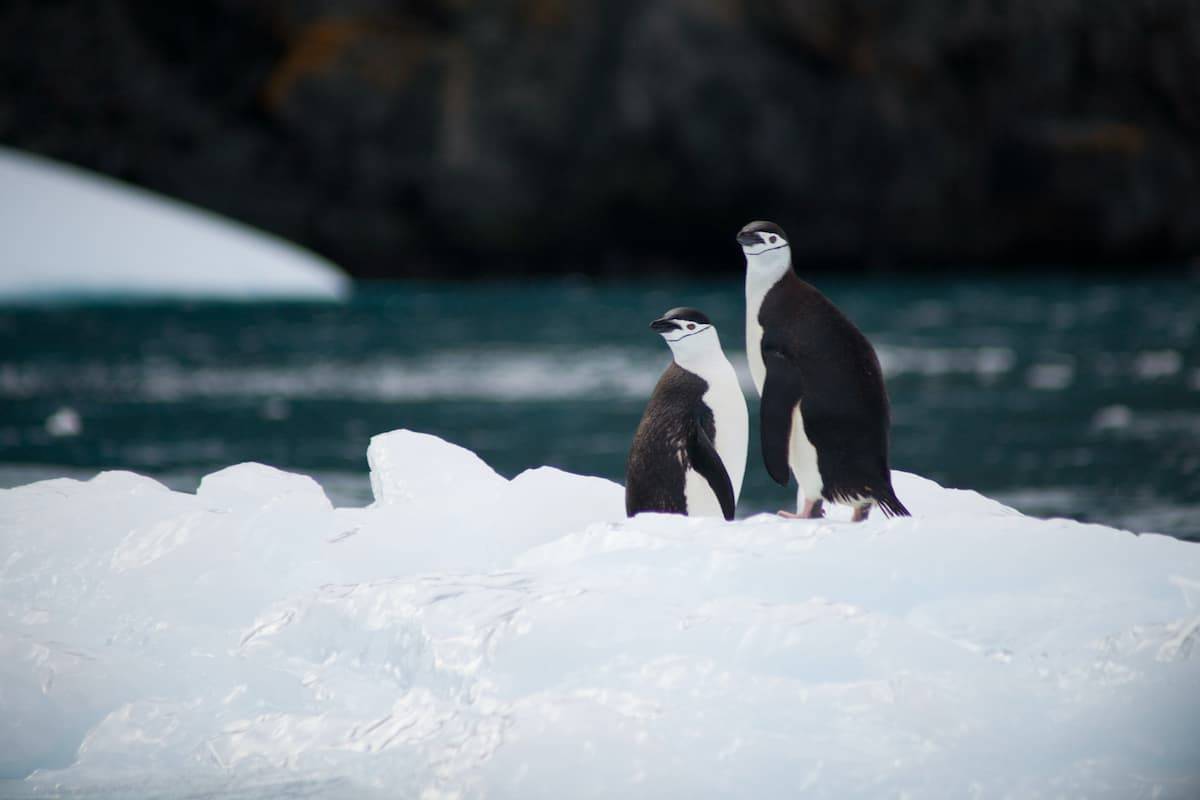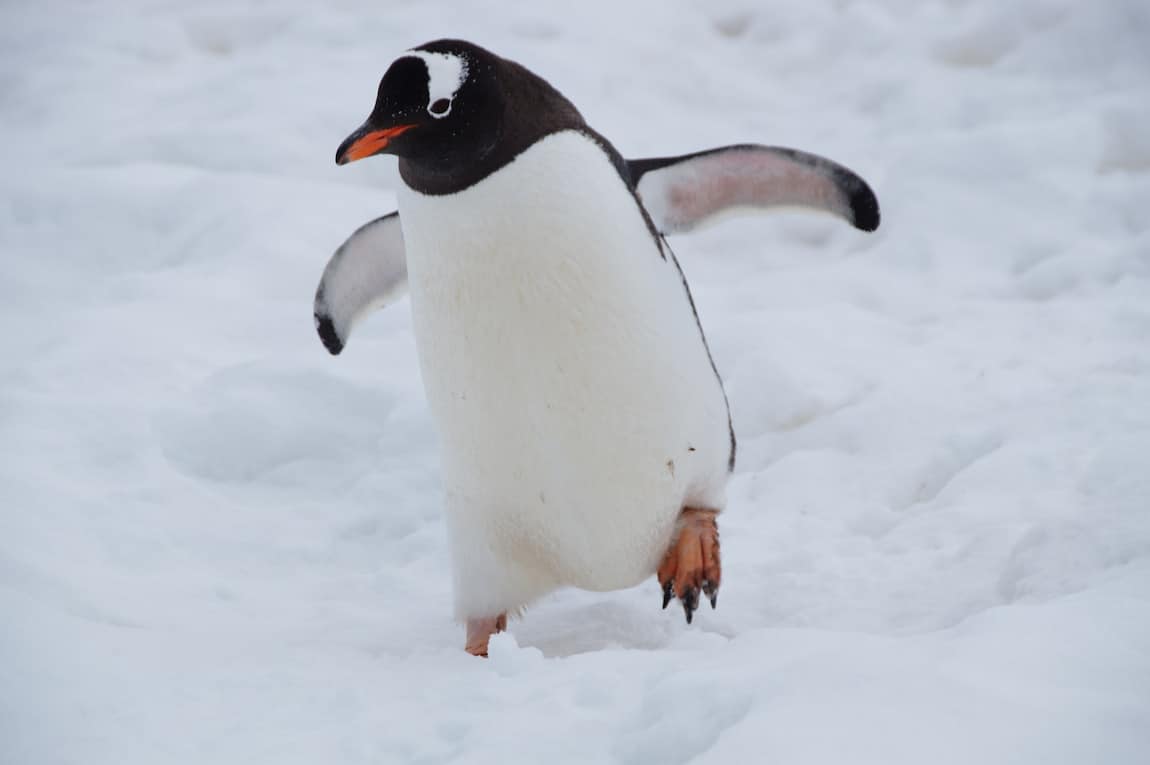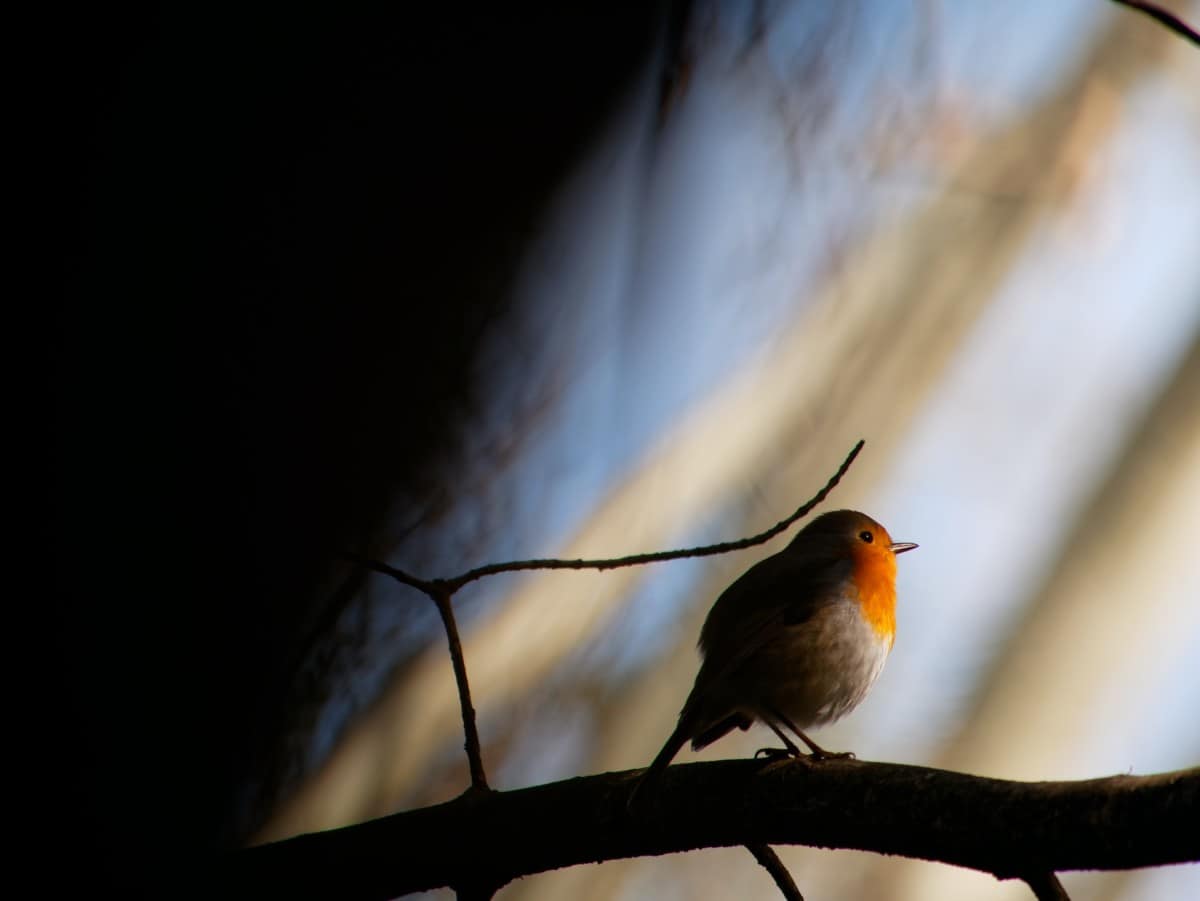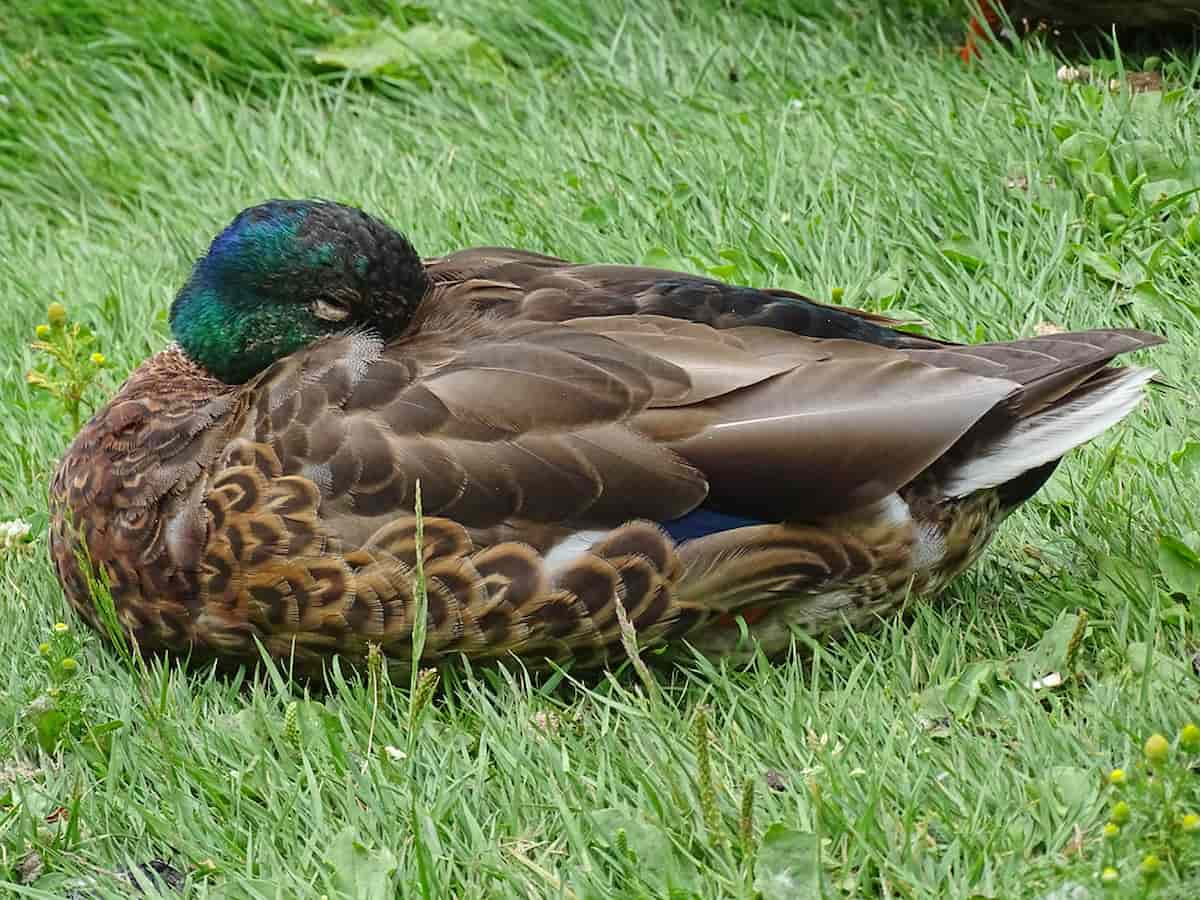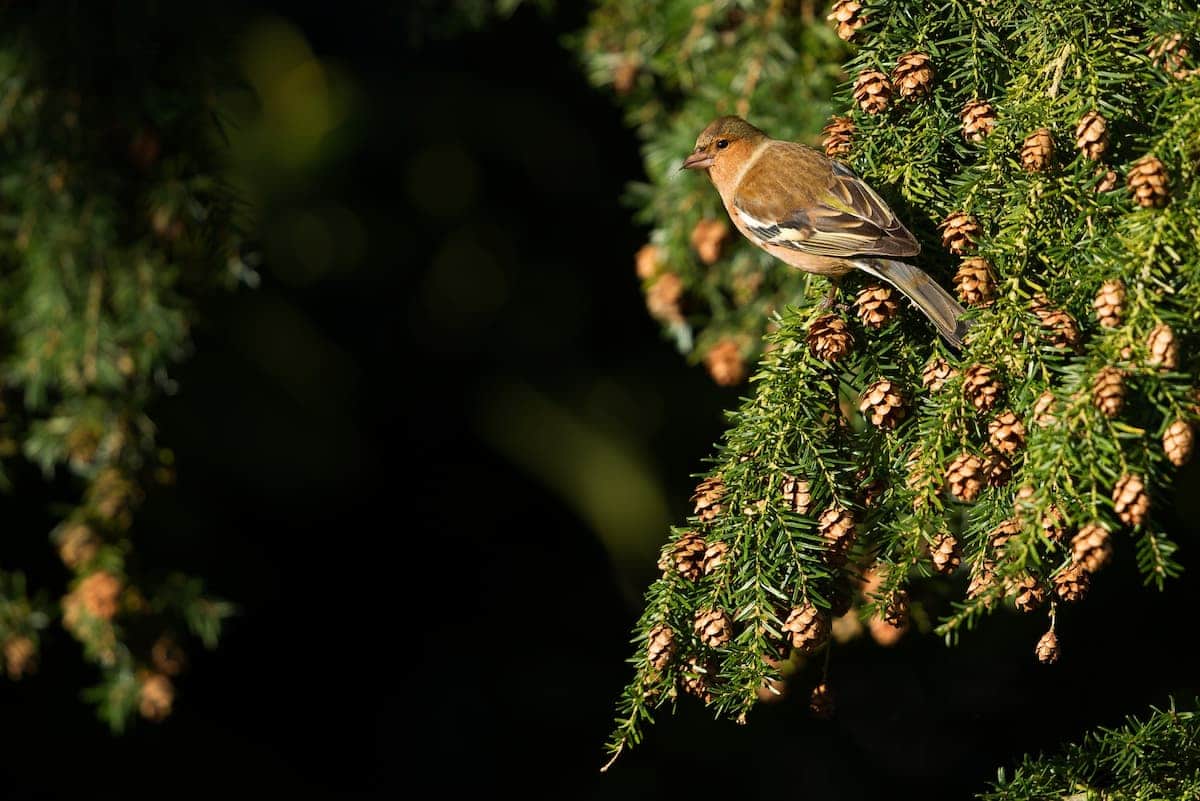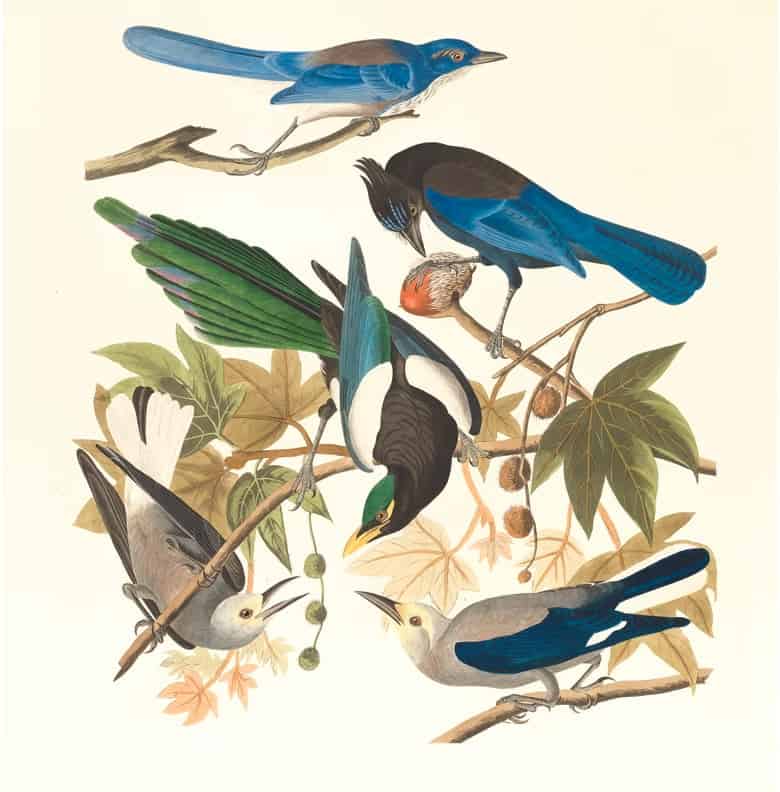Penguins are often pictured waddling around on large chunks of ice. So, where do penguins sleep?
Penguins can sleep on ice, in small holes, and even in the water. Penguins also sleep in different spots during different seasons. However, with 18 different species, not all types of penguins sleep in the same places or use the same types of nests.
Penguins Often Sleep Near the Shoreline
Outside of the breeding season, most species of penguins sleep near the shoreline. Penguins typically travel to the coastline each night for several hours of sleep.
Unlike many other species, penguins do not typically seek shelter for sleep. They often sleep in the open in groups near the shoreline and most species sleep standing on their feet to minimize contact with the cold terrain. The emperor penguin is the one species that prefers to lay down for a nap.
Most species of penguins live around the Antarctic coasts and sub-Antarctic islands. The shoreline often offers slightly warmer temperatures for these species. The penguins may also tuck their bills into their chests to prevent heat loss during their naps.
Penguins in Warm Regions Seek Shade for Sleep
Penguins in warm regions may sleep below the cover of plants. Instead of dealing with Antarctic conditions, penguins in Africa and other warm regions need to find shade from the tropical heat.
For example, the Galapagos penguins live on the Galapagos Islands along the equator. These penguins seek shade during their naps. They may also pant and stand with their wings spread to shade their feet, which is the main area of heat loss.
Yet, penguins also sleep in different environments during different times of the year. When the breeding season starts, penguins start migrating to their typical breeding grounds and build nests.
Most Species of Penguin Sleep at Nesting Sites
Most species of penguins have an annual breeding season and travel to different locations to breed. Instead of sleeping near the shoreline or in the ocean, penguins often sleep with their eggs at the nesting sites that they create. They often remain with their nests throughout the incubation period.
The incubation period is the time from when the female penguin lays an egg to when the egg is ready to hatch. The incubation period may last 30 to 66 days. The male and female take turns to protect the egg. They also take turns sleeping with it under its feet.
Emperor penguins are the one species with a separate incubation ritual. The male incubates the egg while the female goes to the ocean for food. The female returns several weeks later when the egg is ready to hatch.
Different Species Sleep in Different Types of Nests
The nesting sites vary depending on the species. Several species, including Magellan Penguins and Galapagos Penguins, sleep in burrows. The burrows are often created by scraping the ground to clear a space. Material, such as rocks and tree branches, are brought to the site to create a canopy. Penguins may also use caves, holes, and cracks in the rock and the surrounding terrain as burrows.
For example, the Fiordland penguins live in the rainforests of the South Island and Stewart Island in New Zealand and nest under forest canopies, under builders, and in caves and shrubbery. They typically make their nests from a combination of grass and brush. However, the Fiordland penguins only sleep in their nests during the incubation period, which lasts up to six weeks.
Penguin excrement, or guano, is also used for building material and making beds in the burrow. The African and Humboldt penguins build their burrows entirely out of excrement.
Instead of burrows, some species build scrape nests. The penguins sleep and keep their eggs warm in nests made from indentations in the ground. The penguin uses their nails to scrape the ground and create a small clearing. Rocks, sticks, and feathers are used to build up the area around the clearing.
The Royal, Chinstrap, and Adelie penguins build nests on top of rocks and pebbles. The pebbles are arranged into a mound on flat ground.
Adelie penguins gather stones to line depressions in the ground, which helps keep the eggs above the water level when floods arrive from melting snow. Some species may also take stones from other nests. The chinstrap penguin constructs a simple nest with just 8 to 10 stones to keep eggs from rolling away.
Penguin Chicks Sleep Together in Nursery Groups
After the penguin chicks are about one month old, they are left for short periods and sleep in groups. The chicks huddle together during their naps to keep warm and protect each other from potential predators. When the chicks are about four months old, they leave the nursery group and begin sleeping on their own.
Penguins Can Sleep in the Ocean
Many penguins spend up to 75% of their lives in the ocean. As they spend so much time in the water, penguins can nap in the ocean. Penguins often nap in the ocean in the late afternoon or early evening, after eating their last meal of the day. Penguins can hold their breath for up to 20 minutes, but most underwater naps only last for a few minutes.
Where Do Penguins Sleep at a Zoo?
Most penguin enclosures include artificial islands that resemble rock formations. The penguins sleep in various nooks and crannies on the rocks or near the waterline.
Conclusion
People often wonder where penguins sleep. The answer depends on the time of the year. During the breeding season, penguins travel to a nesting site and begin constructing nests. Nests may be made from grass, brush, rocks, or excrement. After the penguin chicks hatch and reach about one month old, penguins travel to other regions for food and often sleep near the shoreline.
Along with sleeping near the shoreline, penguins may sleep in the ocean. However, penguins rarely sleep for more than a few hours. Instead of long periods of sleep, penguins take short naps, which allows them to remain on guard in case a predator arrives.
